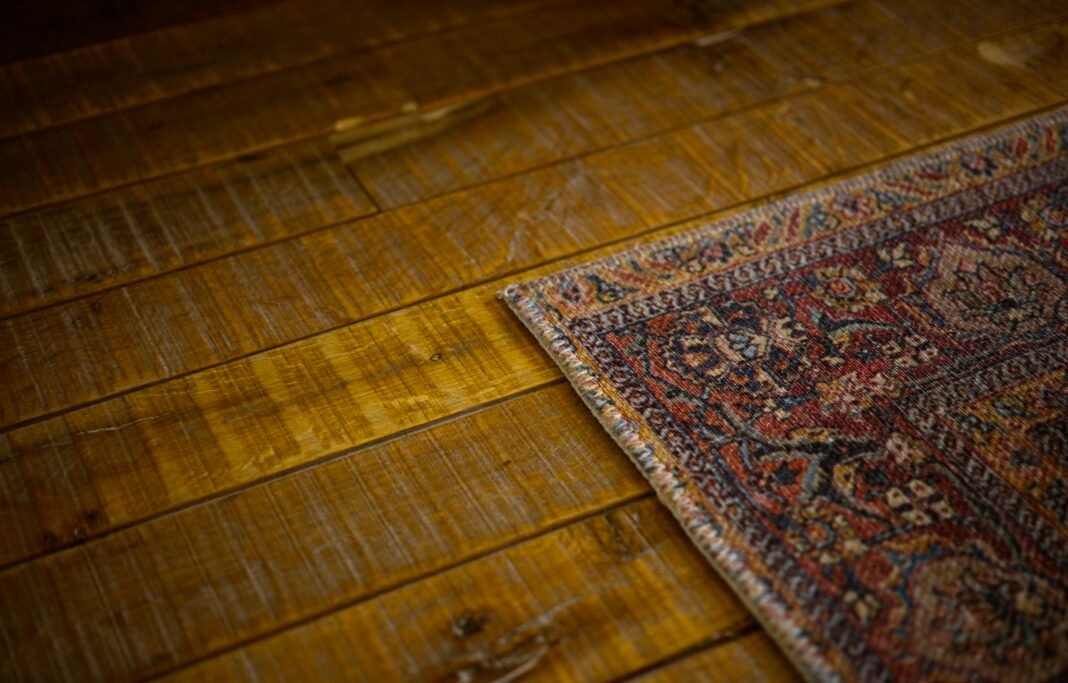Moths may seem harmless fluttering around your home, but some species can cause significant damage before you even realize they’re there. Clothes moths and carpet moths, in particular, are notorious for destroying natural fabrics and fibres, turning cherished belongings and flooring into riddled wreckage. Knowing the early warning signs can help you catch the problem before it spreads.
Signs in Fabrics: Clothes, Curtains, and Upholstery
One of the most telltale signs of a moth infestation is mysterious holes in garments, especially those made from wool, silk, cashmere, and other natural fibres. These holes are typically irregular in shape and often found in hidden areas—under collars, near seams, or along the edges of clothing stored for long periods.
You may also notice a powdery residue on the bottom of drawers or wardrobes, which comes from the larvae’s activity or from adult moths shedding their scales. Silken tubes or webbing on clothing or fabric surfaces are another clue that moth larvae have been feeding in that area.
Additionally, if your curtains or upholstered furniture show thinning patches or fraying edges without any physical wear and tear, moths may be to blame. These pests often seek out dark, undisturbed spaces, so infrequently used rooms or storage areas are especially vulnerable.
Damage Beneath Your Feet: Clues in Carpet and Flooring
While damage to clothes is more commonly reported, many people overlook the signs of carpet moths until it’s too late. These moths target wool, silk, and blended carpets—particularly those with a higher percentage of natural fibres. If you start noticing worn-looking patches or small bald spots in your carpet that seem to grow over time, it may not be due to regular foot traffic.
Check along baseboards, behind furniture, and in corners where light is minimal. Moth larvae prefer these quiet spots to feed undisturbed. A close inspection may reveal threadbare areas or subtle webbing that looks like cobwebs. You might even spot the larvae themselves—small, creamy-white caterpillars—or their tiny, rice-like eggs. For a more detailed guide on what to look for, you can learn more about specific Carpet moth signs and how to identify the damage early on.
Taking Action Before the Damage Spreads
If you suspect moth activity, the key is to act fast. Start by thoroughly vacuuming affected areas, especially along edges and under furniture. For clothes, wash at high temperatures (if the fabric allows) or consider freezing items for a few days to kill larvae and eggs.
In severe cases, professional pest control may be necessary to fully eliminate the infestation. They can assess the extent of the damage, treat both visible and hidden areas, and advise on preventative measures going forward.
Prevention Tips
To avoid future infestations, store off-season clothing in airtight containers and keep storage areas clean and dry. Cedarwood blocks and lavender sachets can serve as natural repellents, although they won’t stop an active infestation. Regular vacuuming, even in rarely used areas, can disrupt moth breeding cycles and help spot problems early.
By understanding the signs of moth activity in both fabrics and flooring, you can take timely action—and protect your home from becoming a buffet for these destructive pests.


